Explore the different types of peccaries found in Costa Rica, as well as their importance in the local ecosystem, habitats, behavior, and social structure.
GVI
Posted: May 10, 2023

Posted: June 18, 2021
Africa is home to some of the world’s most endangered wildlife. To make a meaningful contribution to their conservation, we need to learn all we can about these animals. So why not start with some fascinating facts about Africa’s endangered animals?
Let’s start with the answer to the question: “Why are African animals endangered?” African animals are endangered for reasons including: conflict with humans, habitat loss and poaching. We’ve compiled a list of fascinating facts about some of Africa’s most endangered animals that will inspire your conservation efforts – great or small!
Of the nine giraffe subspecies in the world, the Rothschild’s giraffe is one of the most endangered. According to the International Union for Conservation of Nature (IUCN), there are only 1,399 of these tall mammals remaining in the wild.
They’re easy to tell apart from other giraffes because the Rothschild’s giraffe is the only one with white “stockings” on its legs. Their legs are completely white from the knees down.
Like other giraffes, both male and female Rothschild’s giraffes are born with horn-like”, but these bony protrusions aren’t fused to the skull at first to avoid injury during birth. And, like other giraffes, they only drink water once every few days, even when there’s plenty of water around.
Rothschild’s giraffes can be found in Kenya and Uganda in East Africa, but have already become extinct in Sudan and many other African countries.
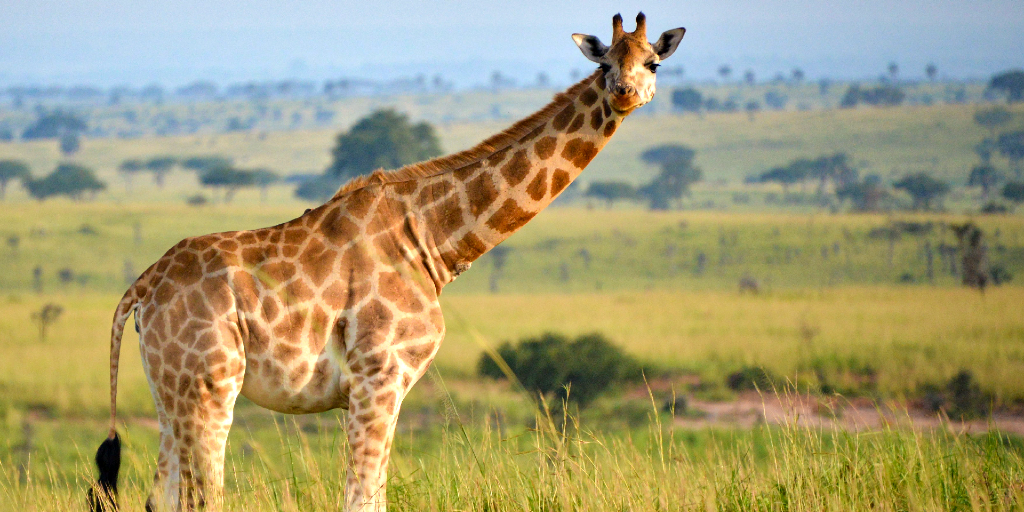
Original photo: “Rothschild’s Giraffe, Uganda” by Rod Waddington is licensed under CC BY-SA 2.0.
The pygmy hippopotamus lives in the forests of West Africa, and because they’re nocturnal, they can’t usually be spotted during day-time excursions.
There are between 2,000 and 2,500 pygmy hippos left in the wild.
Here are some things you probably never knew about the pygmy hippo:
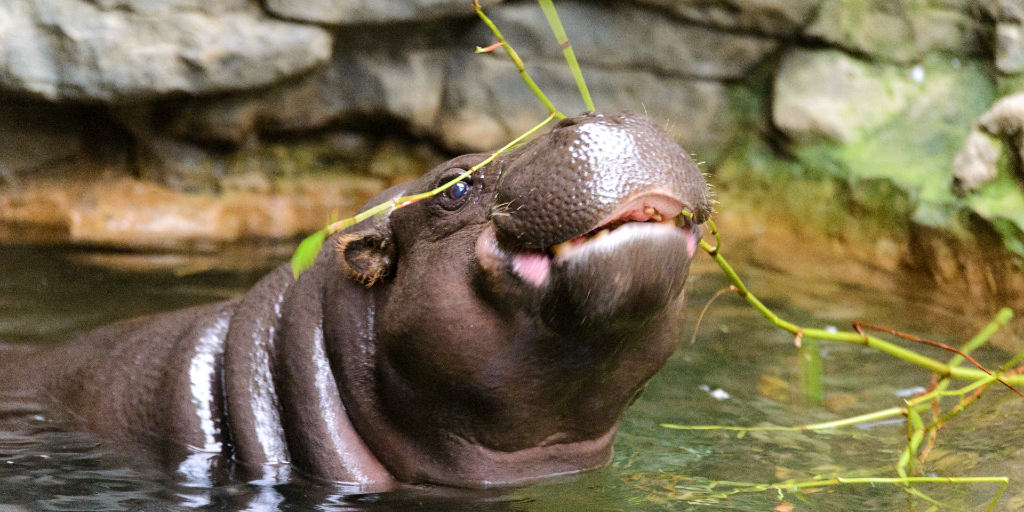
Original photo: “Hungry Pygmy Hippo” by Eric Kilby is licensed under CC BY-SA 2.0.
Did you know that the African wild dog – also known as the painted hunting dog – hunts in packs of up to 40 dogs?
The largest groups of hounds are found in Southern Africa: in Botswana, Namibia, South Africa, Zambia and Zimbabwe.
And the dominant male and female – known as the alpha pair – are the only ones within the pack that will reproduce. Interesting, right?
With around 1,400 African wild dogs left in the wild, they’re Africa’s second-most endangered carnivores – with the Ethiopian wolf being first on the list. And the number of these social animals keeps declining each year.
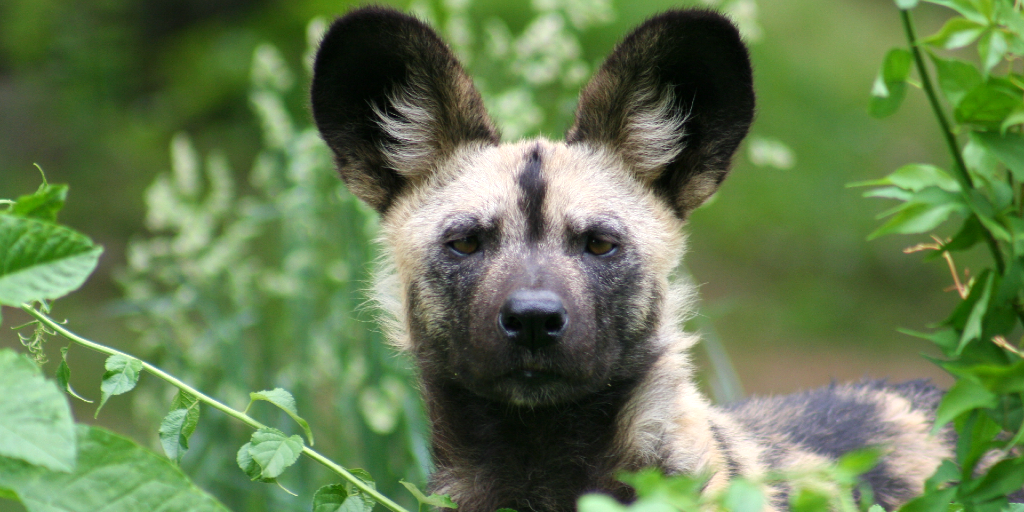
Original photo:“African wild dog” by TheGirlsNY is licensed under CC BY-SA 2.0
The world’s second-largest big cat, the lion, was once found in Africa, Asia and even Europe. Today, most lions live in Africa, with a small number found in just one location in India – Gir National Park.
Here are some interesting facts about the big cat known as the king of the jungle:
GVI wildlife conservation participants collect data on lions and other big cats in Karongwe Private Game Reserve. Their contributions to conservation research help to inform the decisions of authorities around maintaining the ecosystems in the reserve.
Further reading: Conserving wildlife: a tail of four big cats
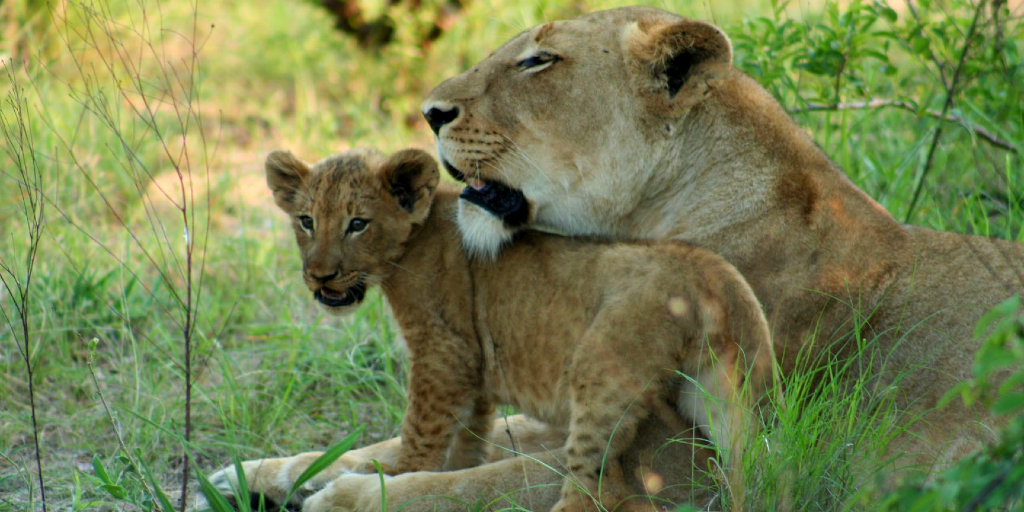
There are five rhino species found around the world:
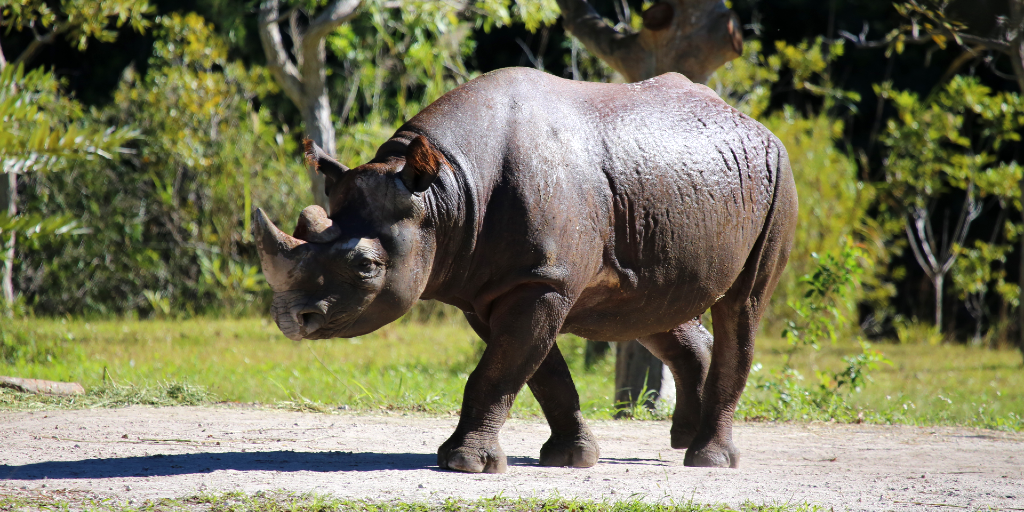
Original photo: “AFRICAN BLACK RHINO” by cuatrok77 is licensed under CC BY-SA 2.0.
All of these species are threatened. There are just over 3,000 black rhinos in existence today. And, although the southern white rhino is the least endangered rhino, there are only two – yes two – northern white rhinos left in the world.
The word rhinoceros means “nose horn”. Take a look at some interesting facts about this distinctive rhino feature:
You can join GVI participants who work on rhino poaching awareness programs in Limpopo, South Africa.
Further reading: What does rhino conservation mean today?
These facts about African animals may make you want to race out and help protect these creatures as soon as you can. That’s why getting involved in conservation-focused activities is the best way to make a positive impact.
You can contribute to wildlife conservation in Africa by taking part in one of GVI’s programs that focus on Africa’s endangered animals.
Sign up to volunteer and find out more fascinating facts about Africa’s endangered animals for yourself. Take a look at GVI’s award-winning wildlife volunteer programs in Africa.
Explore the different types of peccaries found in Costa Rica, as well as their importance in the local ecosystem, habitats, behavior, and social structure.
GVI
Posted: May 10, 2023